Venue operator says cocaine use is a ‘significant challenge’ for owners
With more Tassie clubs having to monitor their toilets for drug-using patrons each night, a Mercury investigation highlights the cocaine masterminds, mules and middlemen busted by police. SEE THE LIST >>
Police & Courts
Don't miss out on the headlines from Police & Courts. Followed categories will be added to My News.
- Man who shot and cut up mate to spend decades behind bars
- Sue Neill-Fraser’s former lawyer likely to stand trial in November
A HOBART nightspot owner says the use of drugs, including cocaine, in venues is just another significant challenge faced by operators.
The owner said it was not uncommon for patrons to be discovered consuming drugs inside venues.
“It happens in a lot of venues of a night time to be honest, to bars to nightclubs to everywhere,” he said.
“I mean there’s a lot of instances where security are kicking multiple out of toilet cubicles (because they are) doing lines (of cocaine).
“There is extra monitoring of toilets … if we suspect anyone we report it to the police.”
He said it was another issue owners faced when operating late-night venues.
“It’s another challenge … from violence to drugs to alcohol, it’s a challenge definitely,” he said.
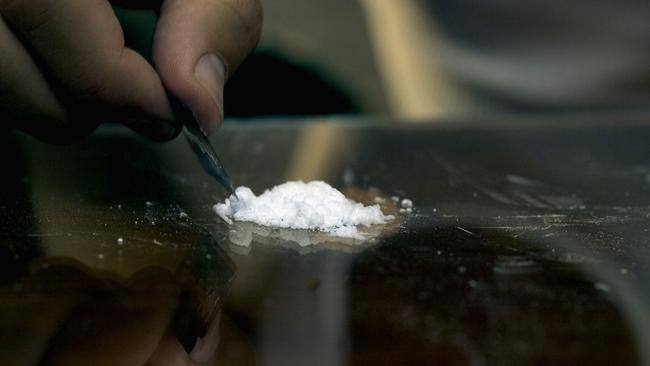
The venue owner said if drug users were identified, they were ejected and in some cases banned from venues for up to three months.
The comments come despite police saying cocaine is one of the least popular drugs in Tasmania, with police data on seizures revealing cannabis and ice are now the substances of choice.
Statewide, police reported 99 seizures of cocaine were made between July 2020 and March 2021, compared to 87 in the corresponding period of the previous financial year.
This figure was just a small fraction of the number of seizures of ice and cannabis plants or products.
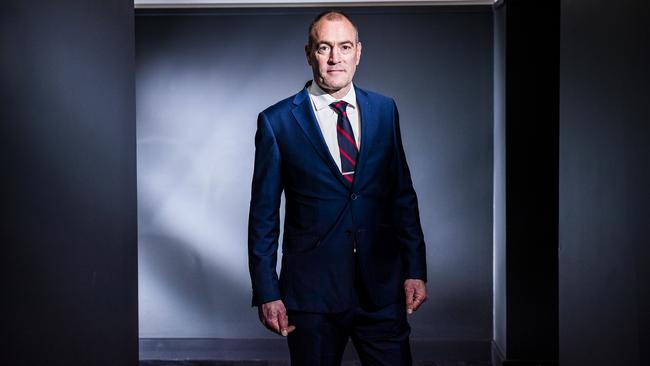
Tasmania Police Crime and Intelligence Commander Ian Whish-Wilson said research confirmed Tasmania’s illicit drug users were mostly using cannabis, amphetamines and diverted pharmaceutical opioids.
He said there was limited use of cocaine and heroin.
“We know that very little of the amphetamine-type stimulant drugs are manufactured in Tasmania, with most drugs brought into the state through the main gateways of post and freight, commercial airlines, and the Spirit of Tasmania,” Commander Whish-Wilson said.
“This would include any drugs potentially purchased on the dark web.”
Commander Whish-Wilson said Tasmania Police worked in partnership with government and non-government organisations, as well as other Australian police jurisdictions, Customs and Australian Border Force to police drug-related matters.
“Drug Investigation Services regularly attends and conducts screening at these entry points and illicit substances have regularly been detected and seized from passengers on board commercial flights and the Spirit of Tasmania and sent through the post,” he said.
“Targeting the supply of illicit drugs and drug traffickers remains an operational priority.”
Anyone with information on serious drug offenders should phone Crime Stoppers on 1800 333 000.
Today, the Mercury investigates those who have been caught up in cocaine crimes in Tasmania.
MITCHELL JOHN CAMPBELL
THE Hobart man organised for tens of thousands of dollars worth of cocaine to be brought into Tasmania, wrapped in methylated spirits and coffee to mask them from detection.
But Campbell’s “audacious” plan was brought undone, and he was jailed in 2020 for a minimum of two years and three months after pleading guilty to two counts of trafficking in a controlled substance during 2017 and 2018.
The Supreme Court of Tasmania was told Campbell arranged importation of MDMA and cocaine from Queensland on many occasions.
In one instance, he arranged for 74.6g of cocaine to be sent via post, and in another, for a man to bring 167.7g of the drug into the state by plane.
He also arranged for a former girlfriend to collect 3244 MDMA tablets by post.
The drugs equated to a “significant potential profit”, with one seizure alone having a potential value of $120,000.
Justice Michael Brett sentenced Campbell to four years and six months jail, with a non-parole period of half that time.
Campbell was also ordered to pay $20,000 in compensation for drug analysis.
JUSTIN RICHARD MAYNARD
PVC pipes were stashed with drugs and money, buried in pine plantations and covered up with vegetation.
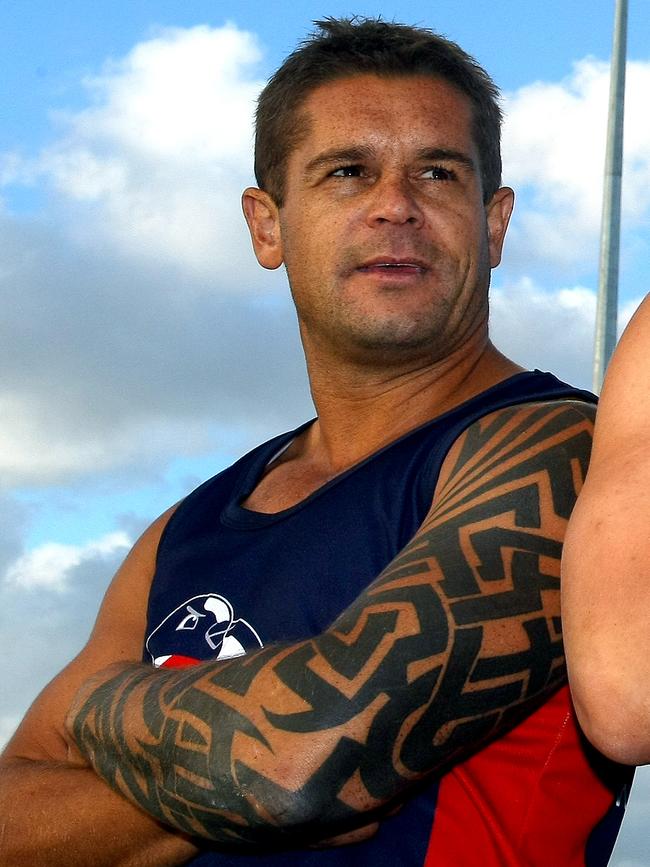
The stash points at Cambridge, Acton and Seven Mile Beach were identifiable only with a rock placed on top.
But Justin Richard Maynard’s operation was foiled by police, and he was jailed after being found guilty by a jury of trafficking cocaine and ice.
The former Brighton Football Club player was sentenced in the Supreme Court in December last year to three years and two months jail, with 12 months suspended.
Maynard was arrested in April 2015 after police spent months investigating, using a variety of methods, including phone tapping and physical and electronic surveillance.
In sentencing, Justice Gregory Geason said video footage showed people, including Maynard, attending the pipes to stash or retrieve drugs or money.
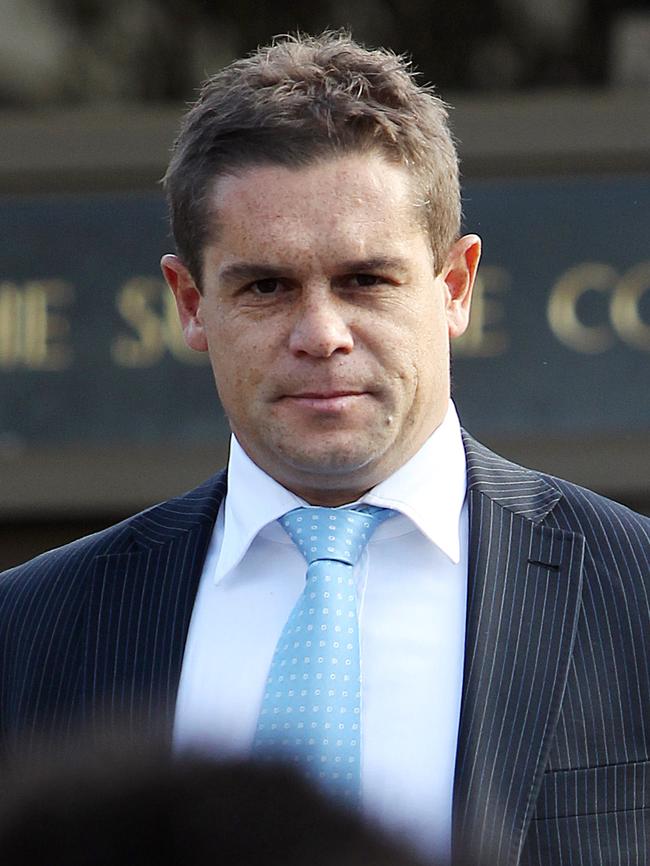
The judge said Maynard was “in charge” of the operation, but had since achieved a “significant turnaround” in his life.
Maynard must serve 14 months of his sentence before he becomes eligible for parole.
ALEXANDRA ROSE KOBELKE
THE former stripper was caught trying to smuggle $150,000 worth of drugs in her bra on a flight to Hobart.

The Sydney woman trafficked large amounts of ice and cocaine to Tasmania over a 13-month period, taking hundreds of thousands of dollars to her home state.
Kobelke was arrested at Sydney Airport in January 2019 as she was about to board a flight to Hobart, after making 13 trips between NSW and Tasmania.
Supreme Court of Tasmania Chief Justice Alan Blow said Kobelke had pleaded guilty at an early stage, noting she had lived an “unfortunate life”.
He said her mother died when she was 12 because of long-term damage caused by drug abuse, and started using drugs herself at age 13.

Chief Justice Blow said Kobelke was a daily user of cocaine at the time of her arrest.
She pleaded guilty to trafficking in a controlled substance, and was sentenced to two years and eight months in jail.
She will be eligible for parole after serving 16 months.
ALEXANDER BRETT WHITE
White avoided spending time in prison after pleading guilty to two counts of trafficking ecstasy and cocaine between December 2017 and April 2018.
The 30-year-old was sentenced in the Supreme Court in August 2019 after police seized drugs, including 824 ecstasy tablets and 38.5g of cocaine.
A Supreme Court judge condemned commercial drug dealing but took into account factors in White’s life.
The court was told White was assaulted outside a Hobart nightclub in 2015 and developed post-traumatic syndrome.
To relieve the symptoms, he started binge drinking and abusing drugs.
The judge said White had taken “significant steps towards rehabilitation” since his arrest, and sentenced him to a year in prison, wholly suspended for two years, and 140 hours of community service.
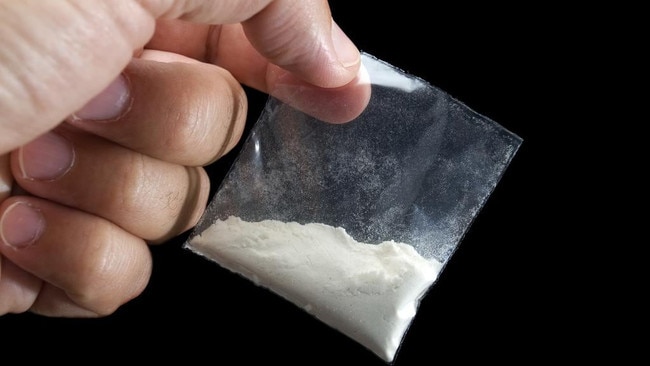
NICHOLAS ALAN JAMES LAWTON
Lawton was caught at Hobart Airport with up to $150,450 worth of speed and cocaine concealed in his underwear.
The 26-year-old arrived at Hobart Airport in August 2018 on a flight from Sydney, when he was stopped by police and produced two zip lock bags from his underwear.
One of the bags contained 110.5g of cocaine, along with an amount of speed.
In sentencing, Justice Stephen Estcourt said the potential street value of the cocaine was between $39,045 and $55,250.
The Supreme Court was told Lawton had an acquired brain injury and had been using drugs since he was 15.
The court heard Lawton had a drug debt, leading to him agreeing to act as a courier, under duress, with no money to be paid apart from the redemption of a debt of $1400 and a promise of half an ounce of cocaine.
After pleading guilty to trafficking, was sentenced to a year in jail, backdated to take account of the time Lawton had already spent in custody, with the remainder of the sentence suspended for two years.
BEVEN WALKER DWYER
Dwyer sourced narcotics from the dark web and described it as a “shopping mall” for dugs.
He was convicted in 2017 of importing cocaine, LSD, ecstasy and the hallucinogenic drug DOM into Tasmania.
The Supreme Court in Hobart heard Dwyer, a market researcher, bought the substances from drug-selling sites on the dark web.
In June 2015, police intercepted a parcel en route to Dwyer’s home, which was under the name Robert Larsen.
Ten days later police intercepted another two parcels to “Robert Larsen” and replaced the drugs contained in them with harmless substances.
Police then staked out the Australia Post office and waited for Dwyer to show up, and police swooped.
A week later police intercepted two more international deliveries for Dwyer containing cocaine and ecstasy, with the street value of the drugs estimated to be at least $9500.
A jury cleared Dwyer of trafficking but found him guilty of three less serious counts of importing a controlled substance, and he pleaded guilty to a fourth count of importation.
Dwyer was given a four-month prison sentence but it was wholly suspended for 18 months, and he was ordered to pay the state $3450 for the cost of analysing the drugs.
NICHOLAS MARK STEBBINS
A former associate of the Rebels motorcycle gang, Stebbins failed in 2016 in an appeal against a lengthy jail sentence over an $11 million amphetamine, cocaine and ecstasy ring.
The then 26-year-old from Blackmans Bay was sentenced to 12 years in jail with a minimum of seven years for two counts of trafficking in a controlled substance.
Stebbins was drawn into dealing after running up drug debts and had been unable to extricate himself.
The Supreme Court of Tasmania was told that the offences took place between 2012 and 2014 and involved the importation and sale of large quantities of drugs.
Stebbins sourced drugs from China in amounts of up to 1.7kg at a time, which were shipped by parcel post or courier to a range of addresses.
Seven of the parcels were intercepted during a joint operation by Tasmania Police, the Australian Federal Police and the Australian Customs and Border Protection Service.
In the Supreme Court in Hobart, three judges of the Court of Criminal Appeal agreed the appeal should be dismissed.


